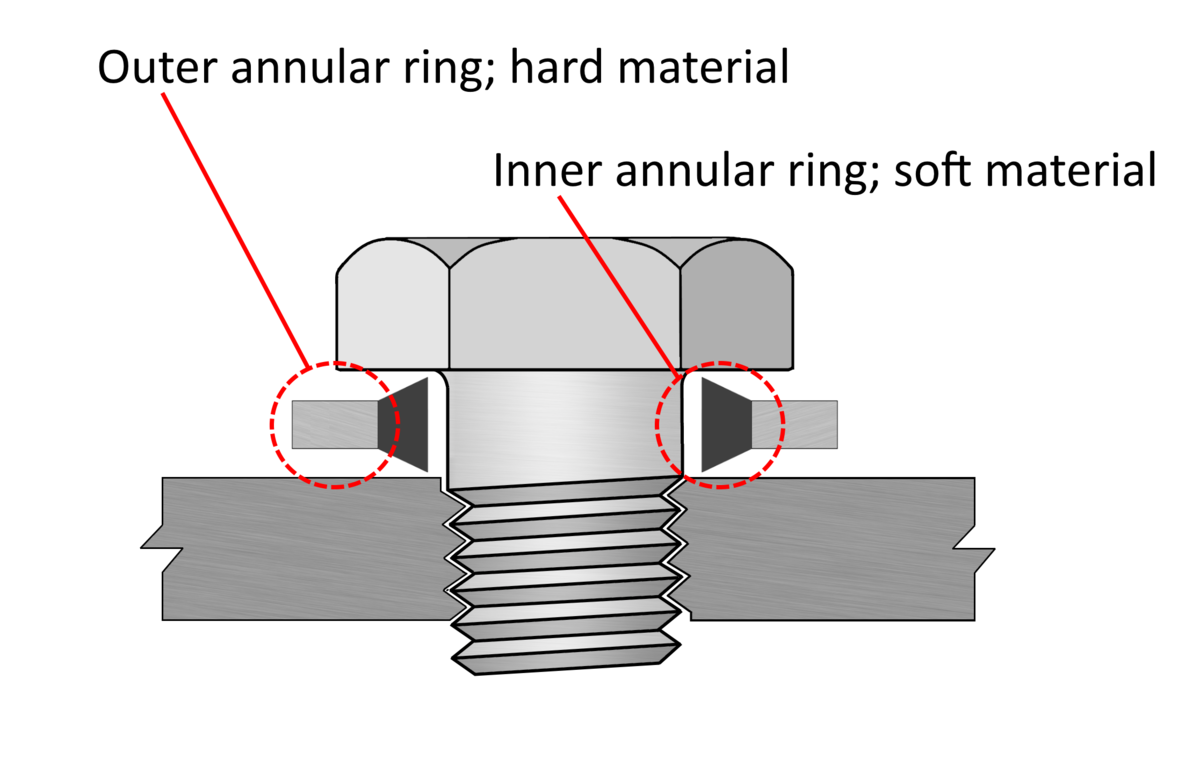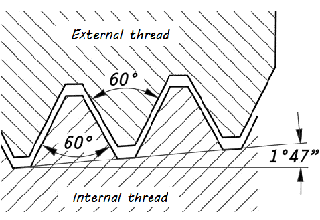Steve Thomas
True Classic
In this case - I would prefer a crush washer. Good solid surface to crush against. An O ring typically requires more precision and will definitly require replacement purely as rubber ages. I would use the straight fitting - aside from whatever routing you prefer, the straight can be tighened up fully without worrying where it is pointing as would be the case with an elbow.O-ring, or a copper crush washer



